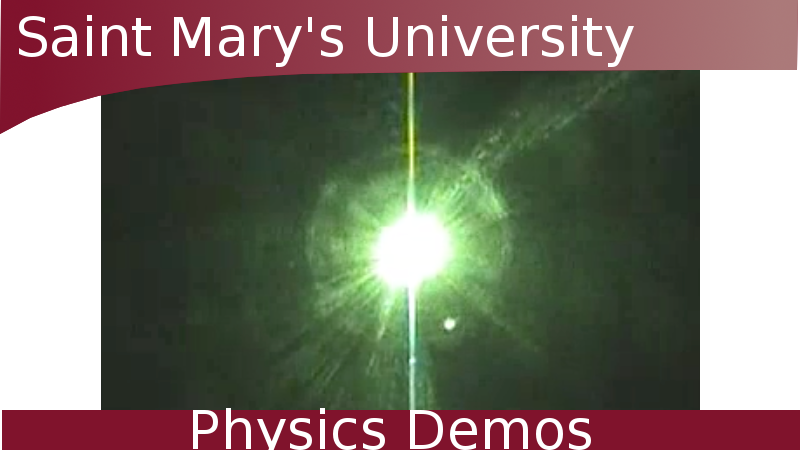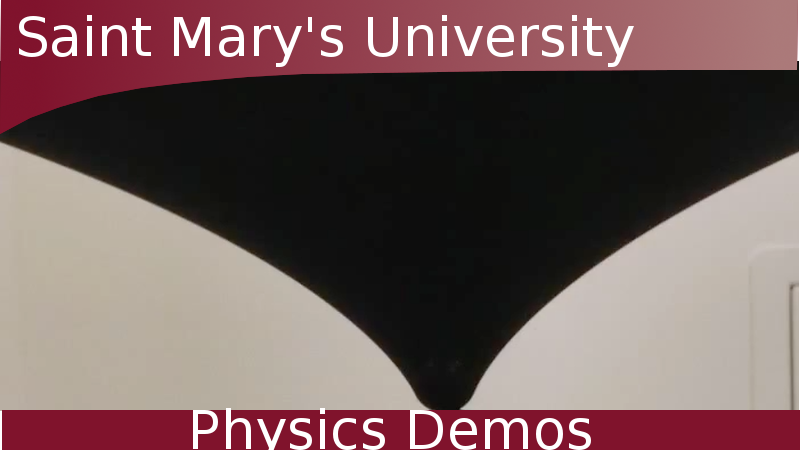Here's how to show your students why stars twinkle in the night sky!
Watch Video:
Other Demos of Interest:
Teachable Topics:
- refraction of light
- atmospheres
Theory:
We have all encountered a clear starry night and watched while the stars appeared to dance and twinkle in the sky. This effect is reproduced in this demonstration, showing why stars appear to act in this manner. The twinkling effect is mainly due to turbulence in Earth's atmosphere. The different temperatures and currents in the atmosphere cause it to have slightly different indexes of refraction in the same column of air. As the light from the star travels to earth, it passes through these areas and is caused to bend slightly, or refract. When viewed from Earth, the star varies in brightness and seems to jump from side to side, or twinkle!
Apparatus:
- kettle
- laser
- lab jack
- screen

Procedure:
- Fill the kettle half-way with water
- Place the laser, onto the lab jack and align the kettle and screen in front of it (see Figure 1). Also make sure the laser will be shining just above the nozzle of the kettle.
- Turn on the laser and plug in the kettle. Observe the point the laser makes on the screen before the water begins warming up.
- Turn off the lights and when the water starts to boil, the point of light from the laser on the screen will start to change in brightness and position.
SAFETY WARNINGS!
- Always be aware of the boiling water and steam
- Keep the laser a safe distance from the kettle so that the steam will not cause it any damage.






